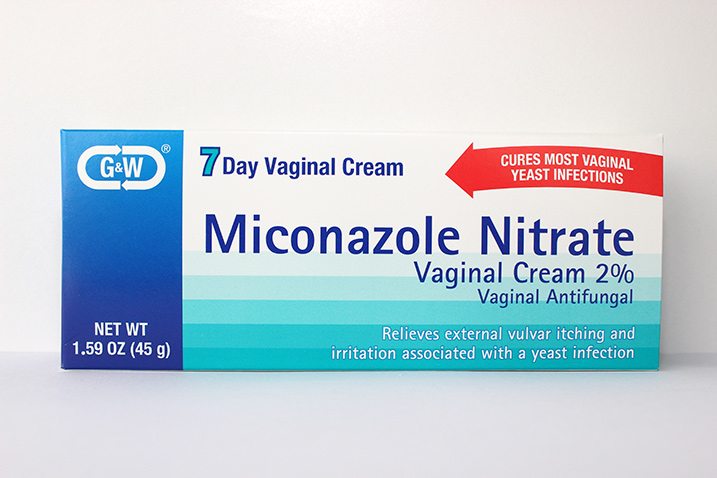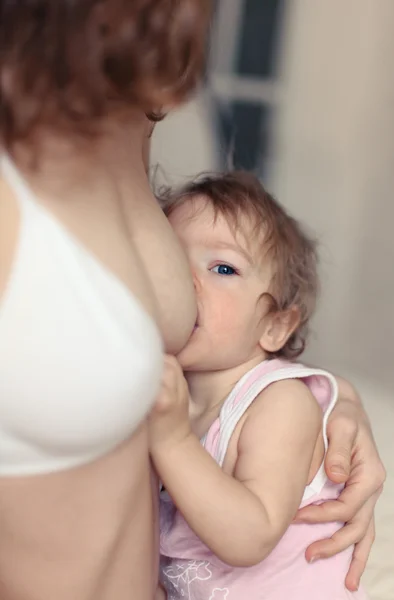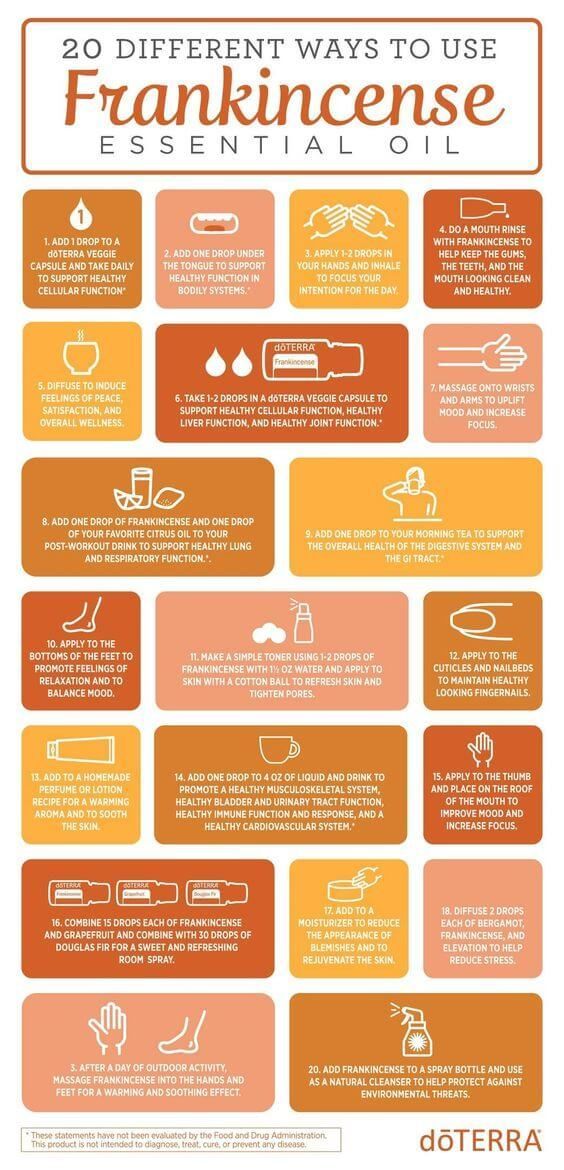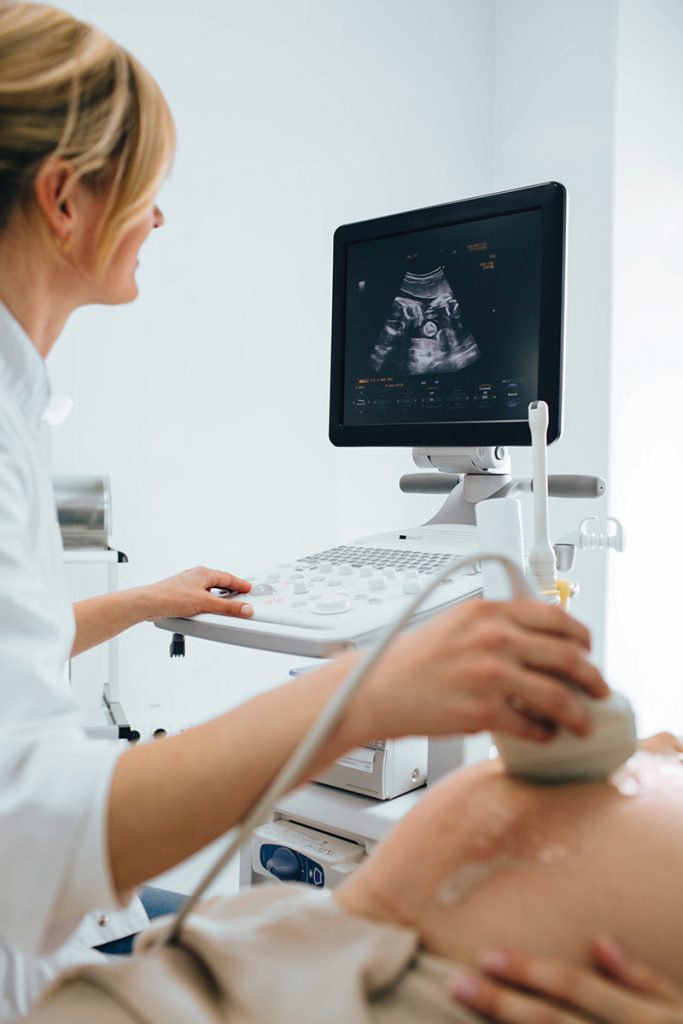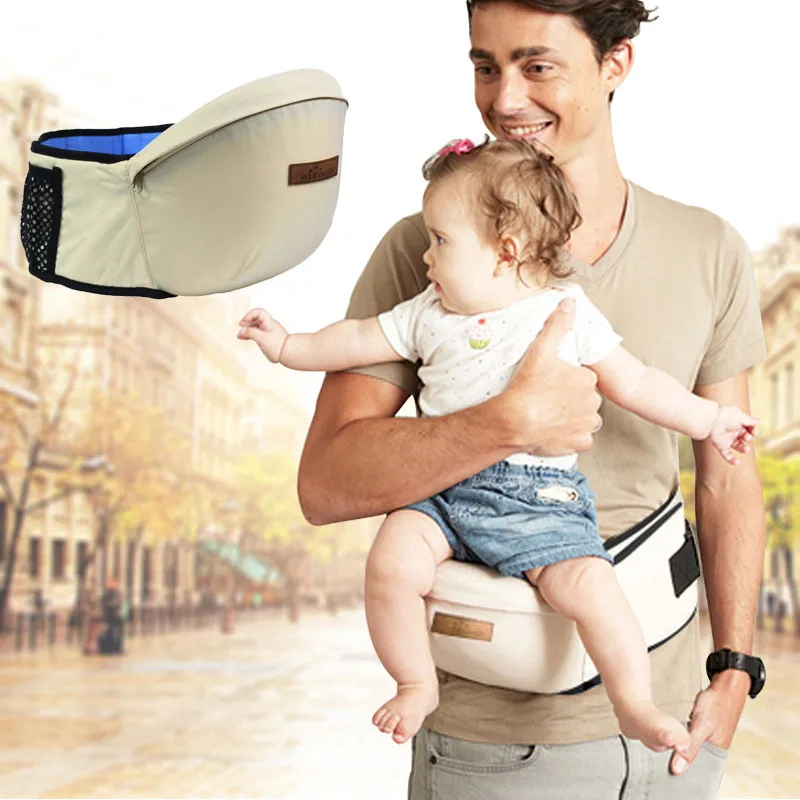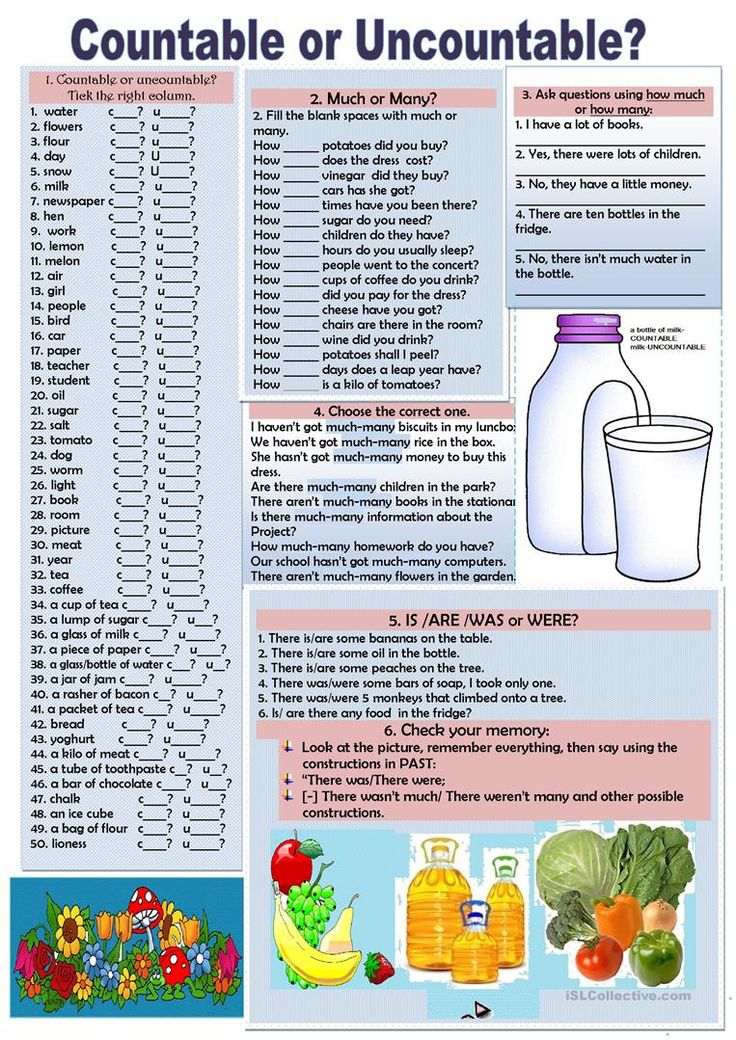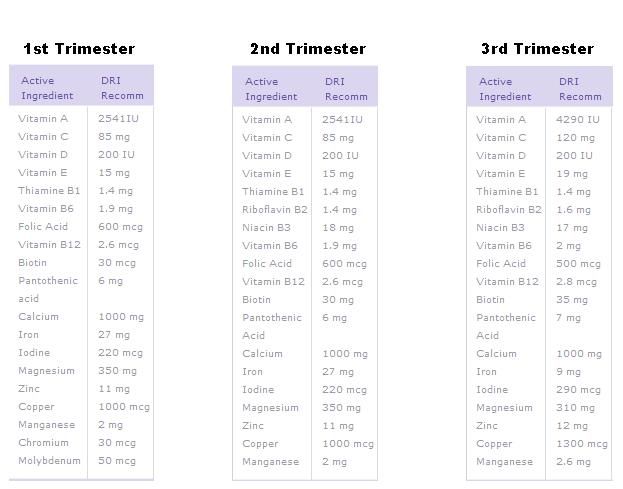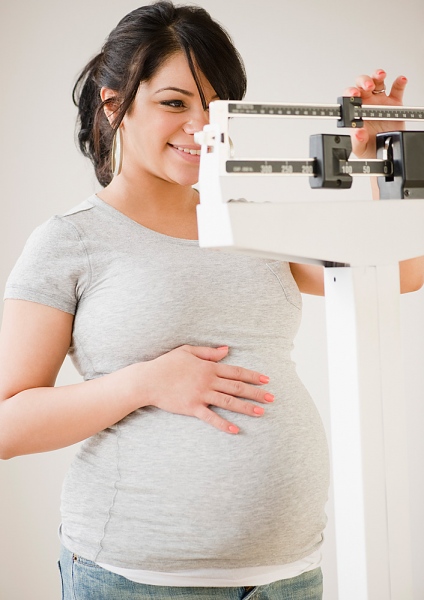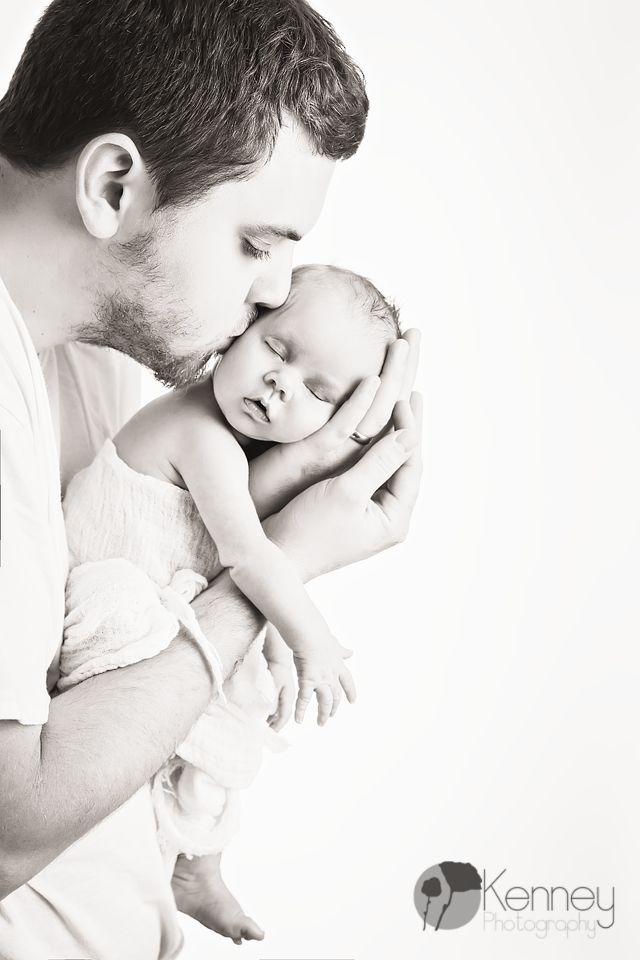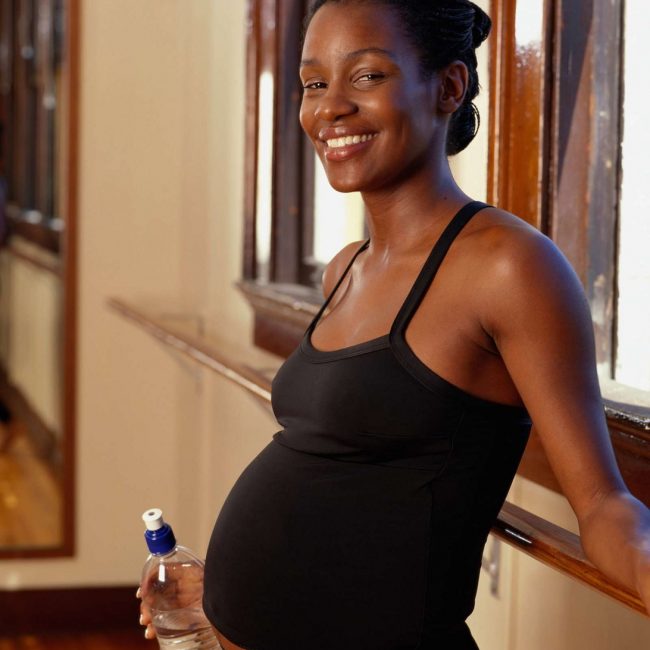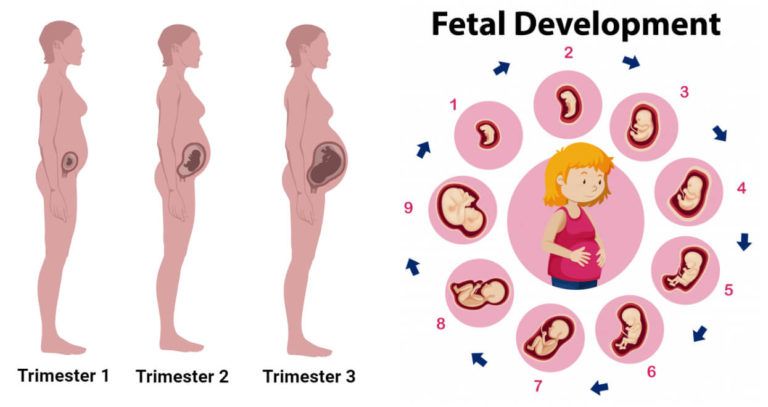Postpartum vulvar itching
How To Care For A Sore And Itchy Perineum After Birth
You've waited nine months in anticipation for your little bundle of joy to arrive in the world, but you maybe weren't quite so prepared for the impacts birth had on your vagina (and all its surrounding areas).
As you sit up in discomfort, you may wonder why none of your friends with children ever discussed the challenging journey of postpartum recovery. The answer: because stories about sore perineums, itchy skin, swollen vaginas and haemorrhoids aren't really dinner table conversation.
They're also pretty personal, so, if what happens after giving birth has taken you by surprise, you're not alone.
For many women who've had a vaginal birth, one of the unpleasant after effects can be a sore and itchy perineum – known in the medical world as anogenital pruritus.
This can happen for a number of reasons (which we'll discuss below), but the good news – and yes there is good news! – is that it doesn't last forever, and if you know how to care for it, you'll likely have a much faster recovery.
Let's start with the basics - What is a perineum?
Remembering back to high school biology days might be a stretch, so here's a quick recap.
For women, the perineum is the area of skin between the vagina and the anus. It connects with the muscles in the lower pelvis (the pelvic floor) that hold the pelvic organs in place. The pelvic organs include the bladder, uterus and cervix, vagina, and rectum.
In the six weeks leading up to birth, perineal massage is often recommended to stretch the perineum and to help reduce the risk of the skin tearing during a vaginal birth.
However, the unpredictability of childbirth, and the fact that you're squeezing a head the size of a melon out of your vagina, means that not all tears can be avoided.
Perineal tearing
More than 85% of women who have a vaginal birth suffer some perineal trauma, so it's more common that you might have thought.
Perineal tears are more likely to happen if:
- It's your first time giving birth
- Your baby is "sunny side up" (face up) during delivery
- Your baby weights more than 3.
 6kg
6kg - You had an assisted birth, for example, using forceps
There are also varying degrees of tearing, ranging from a first-degree tear (the least severe) to a fourth-degree tear (the most severe).
In the most severe case, the tear extends from the vagina through to the anus. Ouch! Thankfully the chance of the latter is only about 1%.
The episiotomy
To prevent perineal tearing, doctors used to routinely make a cut through the perineum to allow the baby to be pushed out more easily - a procedure known as an episiotomy.
It was thought that this type of 'straight' cut to the skin would heal better than a natural tear and better preserve the perineal muscles and ligaments of the pelvic floor.
Today, however, research suggests that routine episiotomies don't prevent these problems after all, and may even make a woman more likely to develop a third- or fourth-degree tear. So today, episiotomies are only used when absolutely necessary.
In stitches
If you've had a tear, whether a natural one or from an episiotomy, stitches are often needed to help with the healing process.
There may be a combination of stitches of the external skin as well as internal stitches, depending on how severe the tear is. Thankfully, they use dissolvable ones, so you won't have to return to hospital to have them removed.
Any external stitches are usually dissolved within two-to-four weeks, and any deeper stitches can take up to three months.
While the 'stitching-up' process is usually pretty quick and straight forward, the few weeks following a perineal tear can be quite uncomfortable.
What causes a sore and itchy perineum after birth?
General soreness and swelling of the vagina - and its surrounds – after birth, are a standard part of postpartum recovery.
After all, the area saw a huge increase in blood flow and fluid, and you did just squeeze out a tiny human!
One of the most common complaints from women is a sore and itchy perineum.
While an itching sensation on the skin down there is not generally a part of pregnancy that your friends will ever tell you about, it's something that doctors and midwives deal with on the regular, so it's nothing to be ashamed of.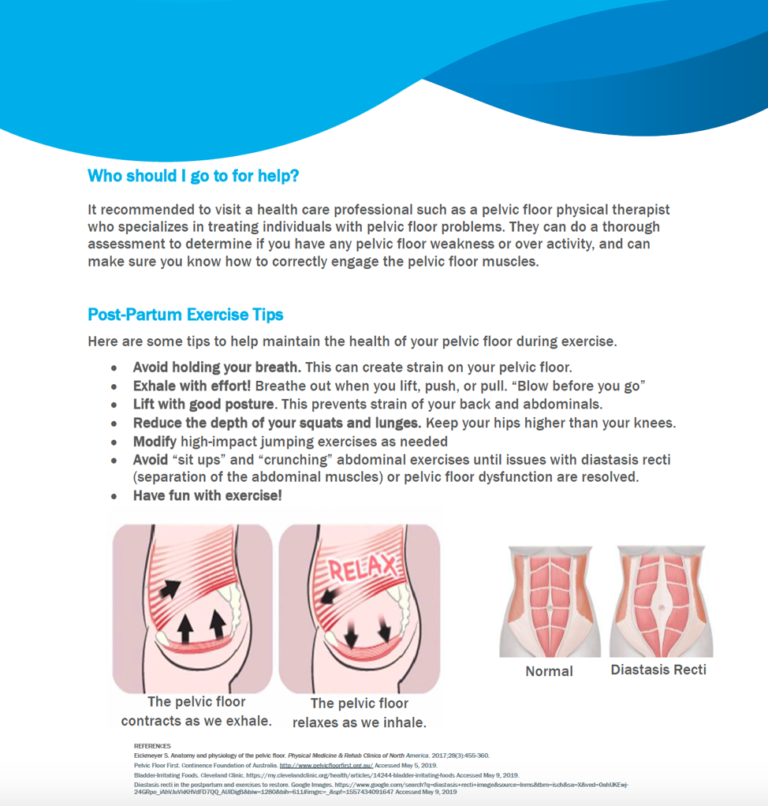
Now, let's dive into what might be causing all the pain and itching.
The healing process
The healing process and the action of stitches dissolving can make the perineal skin itchy. While this type of itching is unpleasant, it will go away as the healing progresses with time.
Dry skin
Having a baby causes big fluctuations with your hormones, especially oestrogen and progesterone. The levels of these two hormones soar while you're pregnant and decline dramatically after you give birth.
A lack of oestrogen is responsible for many of the postpartum symptoms women experience, including vaginal dryness.
Dryness can make the tissue of the vagina thinner, less elastic and more prone to injury. It can also make the area inflamed, which may cause itching and burning.
Itchy lochia (postnatal bleeding)
Vaginal bleeding after birth is called lochia, and it's completely normal and necessary. It's made up of all the excess tissue and blood that lined your uterus while pregnant.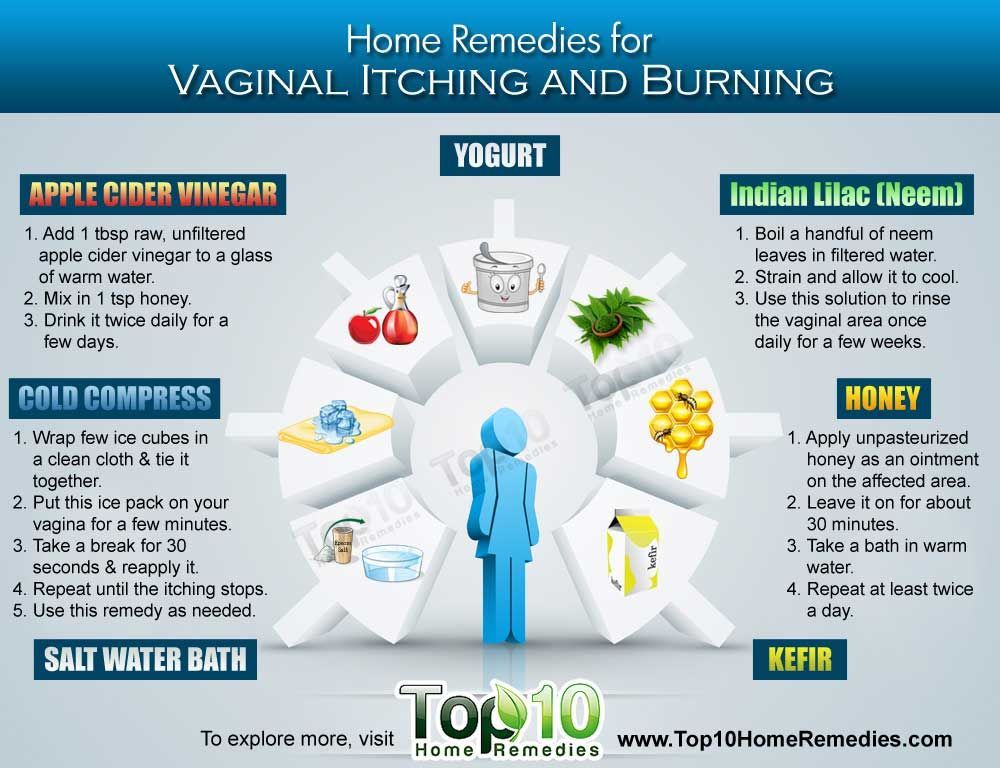
Many women think of it as a long period after birth, which lasts for up to six weeks. If the lochia gets left on your skin, it can cause itching and irritation until washed away. Read on for our remedies!
Perineal infection
A torn perineum can become infected, with or without stitches. You'll know if the area is infected if you experience red, swollen skin, pus or liquid oozing from the wound, persistent pain and an unusual smell.
The surrounding areas can become infected as well, including the uterus, which is known as a puerperal infection. With this type of bacterial infection, you may also experience fever, headache and pain in the lower abdomen.
If you have any of these symptoms, it's important to tell your doctor as soon as possible so you can treat it immediately.
More serious damage
After a tear or an episiotomy, many women also experience nerve damage, pelvic disorders (such as urinary incontinence) and problems passing a stool.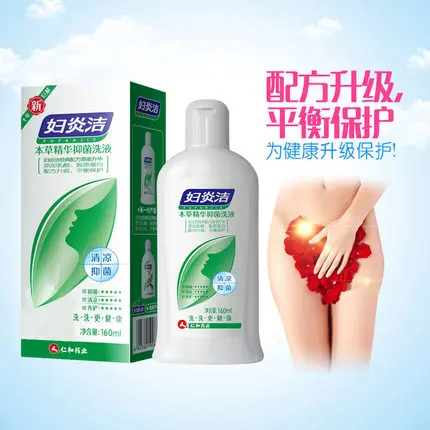 All of these issues can affect the perineum, leading to itching or burning.
All of these issues can affect the perineum, leading to itching or burning.
If you have any of these more serious issues, it's important to see a doctor for proper diagnosis and specific treatment of your symptoms.
Haemorrhoids
Even if you managed to avoid haemorrhoids while pregnant, all that pushing during birth can cause them to occur.
Essentially, haemorrhoids are a painful swelling of the veins the anus (your back passage). They can range in size from a small raisin to a large grape and can occur inside the anus or protrude outside the anal opening. They can cause pain, itching and bleeding after a bowel movement.
They're pretty unpleasant and can make sitting down a difficult task. But for the most part, they're not serious and they tend to go away with attentive home treatments.
If they're persisting past six weeks, however, it's advisable to consult your doctor. Read up on our guide to treating postpartum haemorrhoids here.
Yeast infection
Also known as thrush or vaginal candidiasis, it's common to experience this within a few weeks after giving birth.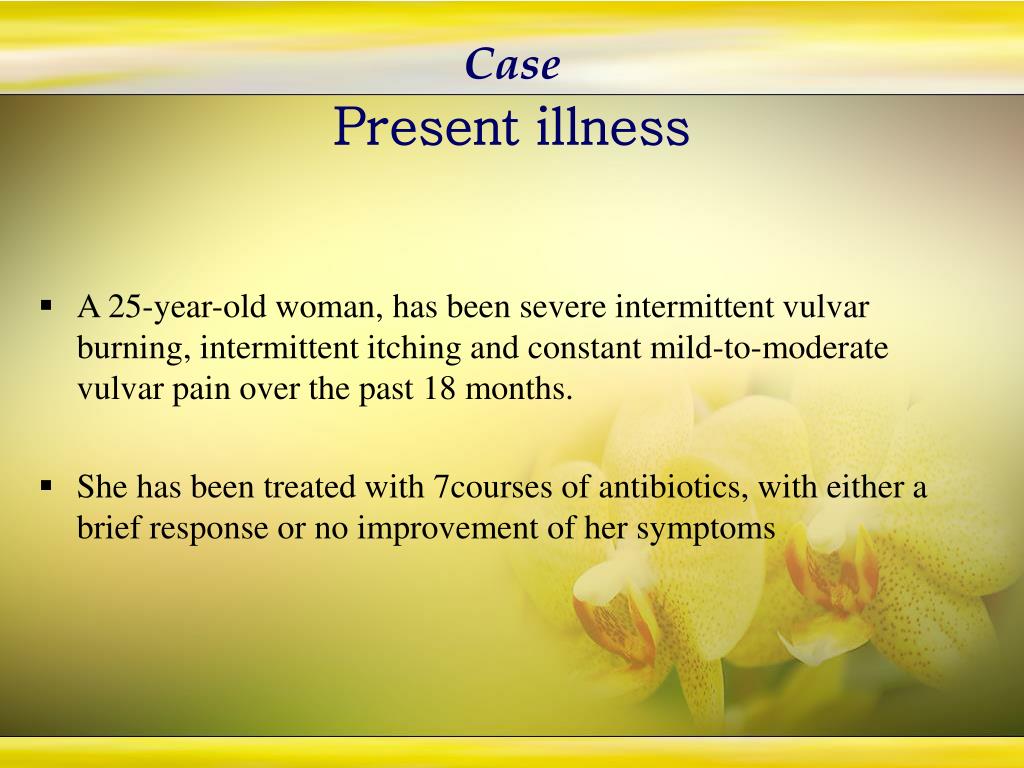 It may be associated with antibiotics (often taken to prevent an infection after an episiotomy) or due to hormonal changes, of which there are many postpartum!
It may be associated with antibiotics (often taken to prevent an infection after an episiotomy) or due to hormonal changes, of which there are many postpartum!
If you have a yeast infection, common symptoms include vaginal itching and soreness and a white vaginal discharge that resembles cottage cheese.
Like many women, you may have previously treated a bout of thrush with over-the-counter antifungal medications.
But if you're in the postpartum phase, it's best to check with your doctor first about the most appropriate treatment for you.
Best at-home treatments for a sore and itchy perineum
All that pain and itching will have you in need of some soothing, cooling and calming solutions.
Thankfully, there are plenty of home remedies to help you relieve itching and feel more comfortable down there.
Keep the area clean with a Peri Bottle
As soon as you get home, the most important thing is to keep your perineum clean to avoid infection.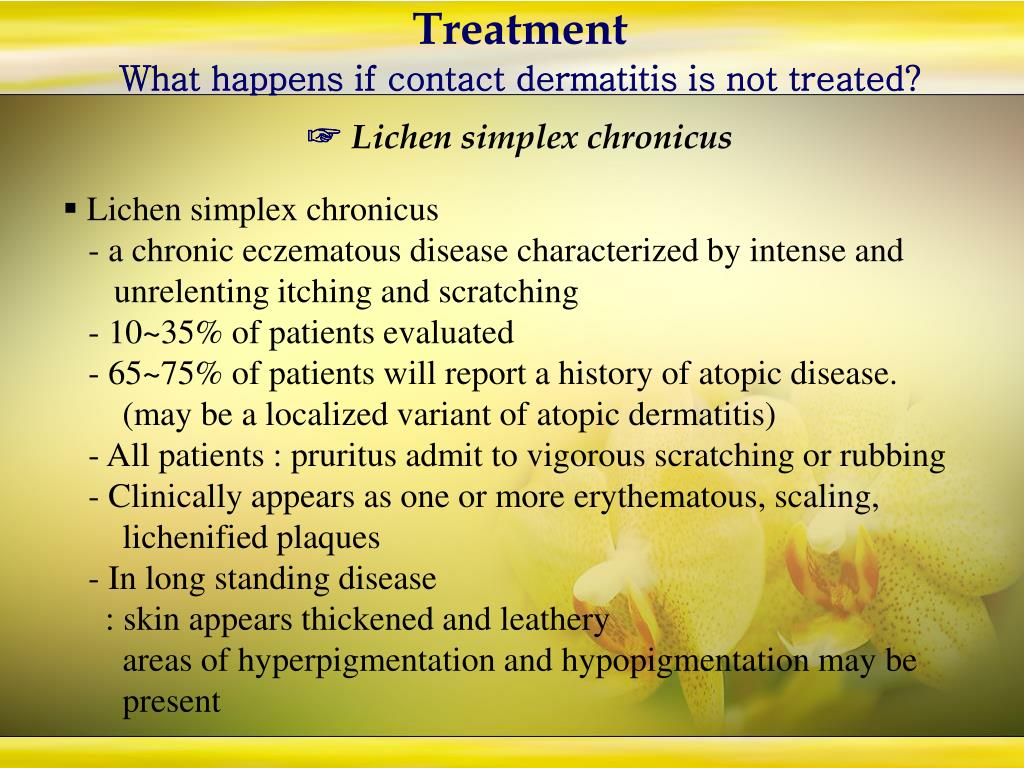
The best way to do this is with a squirt bottle filled with warm water every time you use the bathroom.
Kin's Peri Bottle is made just for this. It's ergonomically designed to delicately clean your vagina without painful pressure. It'll also relieve any stinging caused when urine touches the wound. Once you're done, gently pat the area with toilet paper or a baby wipe. Don't rub.
Avoid infection with Kin's Peri Bottle.Take a sitz bath
Whether it’s itchy stretched skin, haemorrhoids or a torn perineum, using a shallow mini-tub called a Sitz Bath along with Sitz Salts can help you ease itching and heal at home.
Kin's Sits Tub fits neatly over the toilet seat and allows you to soak the perineal area for cleansing and pain relief. Its a mess-free set up and super easy to use.
Ease itching at home with a sitz bath.Change pads regularly
Change your maternity pads every 2-4 hours and avoid using sanitary pads made for periods as they can cause friction and discomfort.
Also, remember to wash your hands before and after changing the pad to reduce any chances of infection.
Apply a cool compress
To soothe burning and pain in the perineal area, apply an ice or gel pack wrapped in a clean towel. Alternatively, try Kin's Soothing Padsicles.
They're a super handy 2-in-1 pad and ice pack, so you can soothe your most vulnerable bits while preventing leaks.
They're also approved by Australian OBGYNs, so you can rest easy knowing they're safe to use.
Kin's Soothing Padsicles come in a pack of 14.Apply a soothing solution
Witch Hazel is a herbal remedy that's widely known for its ability to ease inflammation and soothe sensitive skin. For relief from a sore perineum and/or haemorrhoids, apply a maternity pad soaked in witch hazel between your legs.
You might also like to try Kin's Healing Foam. It uses Witch Hazel's healing properties, but in foam form, which is perfect for travelling with.
It can either be applied to the Soothing Padsicles or as gentle wash with the Peri Bottle.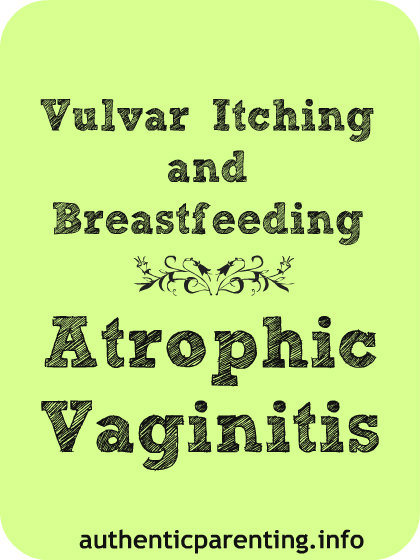
Let the area breathe
Allow air to get to the affected area when possible to help with healing. When you can, lie on your bed without any trousers or underwear on, with a clean towel underneath you.
When you do wear underwear, make sure they're comfortable, breathable and washed in a non-irritating soap. Cotton is best.
Kin's Mesh Panties are perfect during this time. They're soft, stretchy and breathable, and they provide the ultimate comfort and support.
You can purchase them as part of our Postpartum Recovery Kit.
Make use of over-the-counter pain relievers and antihistamines
Over the counter pain relievers like ibuprofen can help alleviate perineal pain and discomfort.
An antihistamine can help with the itching, especially at night when itching tends to worsen.
Drink lots of water
Increasing your water intake and ensuring you're eating a healthy diet with plenty of fibre will help reduce constipation, which will help relieve pressure and pain in the perineal area.
The extra water will also help to dilute your urine so its less 'stingy' when you wee.
What to avoid
As with all injuries that need to heal, there are some things you should refrain from doing to help the healing process along. The following should be avoided:
- Vigorous rubbing or cleansing of the anal area after a bowel movement
- Using very hot water when taking a bath or shower
- Using fragranced cleansers and perfumed soaps to clean the vaginal area
- Lots of physical activity, especially heavy lifting, pulling or pushing
- Straining through your bowel movements
- Tampon or menstrual cup use for the first six weeks after giving birth
- Staying in sweaty clothing after exercise.
Know when to see a doctor
If at-home remedies haven't proven effective at minimising the discomfort of a painful and itchy perineum, or you've noticed signs of an infection – including swelling, more severe pain in the genital area, an unusual odour or any other symptoms that concern you – it's time to check in with your doctor for specific medical advice.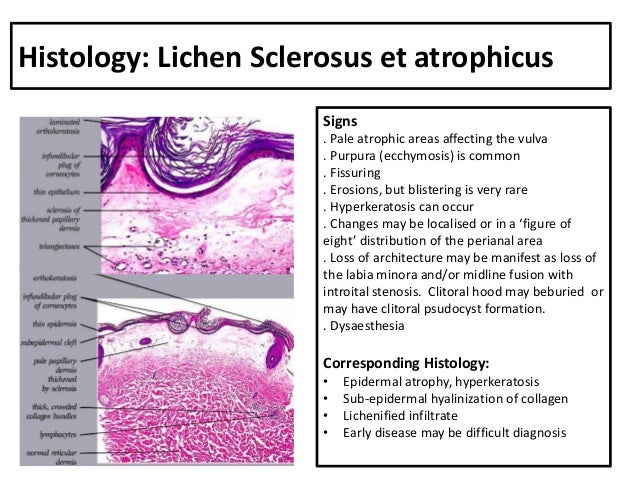
They'll be able to give you a physical examination of the area and provide an accurate diagnosis.
Postpartum Itching DOWN THERE (and how to help!)
They don’t tell you about postpartum itching down there, mama.
And maybe that’s because it’s kind of gross. Or because a little it’s embarrassing. Oh, and because luckily it doesn’t last *too* long!
But mostly, they don’t tell you about it because they forgot.
Regardless of the reason, mama, you won’t hear a lot about it from friends and family and well-wishers.
And that’s why it’s so important that I DO tell you about it. So you can be ready for it, prepare for it. So you’re not surprised or discouraged by it.
So let’s get right into it, postpartum itching down there is a thing, but I’ve got some tips to help you find relief – fast.
Table Of Contents
- Postpartum Itching Down There and How to Help
- What Itching to Expect Postpartum
- What Causes Postpartum Itching Down There?
- How to Relieve Postpartum Itching
- Surviving Postpartum Itching Down There
Get more support from the @mommy.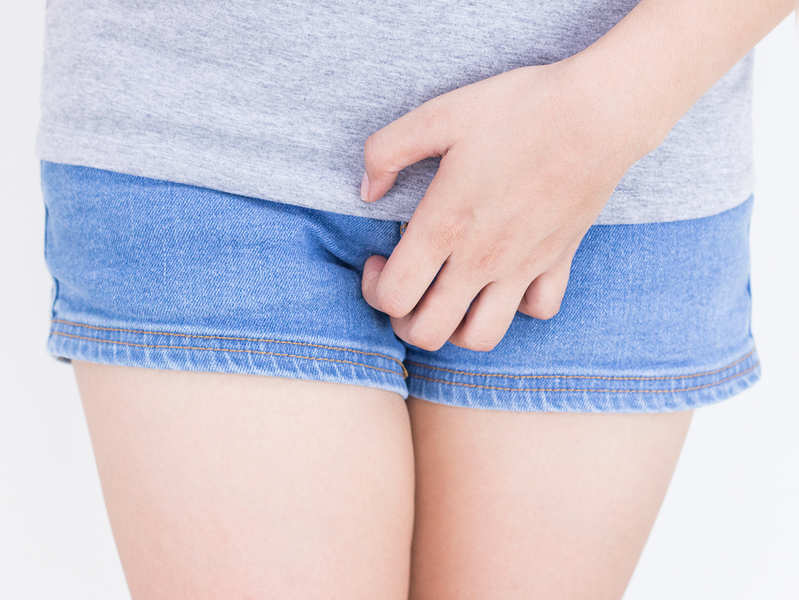 labornurse Instagram community!Join over 550k mamas for tips and solidarity on all things pregnancy, birth, and postpartum!
labornurse Instagram community!Join over 550k mamas for tips and solidarity on all things pregnancy, birth, and postpartum!
Itching is a funny thing, as medical science goes. It’s called pruritis. And it’s about as clearly defined as a black cow under the new moon.
Why? Well, there’s really no defining or classifying it alone, as a condition by itself.
Instead, they classify it by the accompany or underlying condition that causes it.
Postpartum Itching After ChildbirthPostpartum itch or postnatal itch is totally natural and can be caused by a lot of different things.
This might include the standard sensations accompanying healing, a secondary infection, dry skin or itchy deposits of lochia (postnatal bleeding).
[convertkit form=1333407]
Why Does Postnatal Itch Down There Happen?Itching can occur for a lot of different reasons.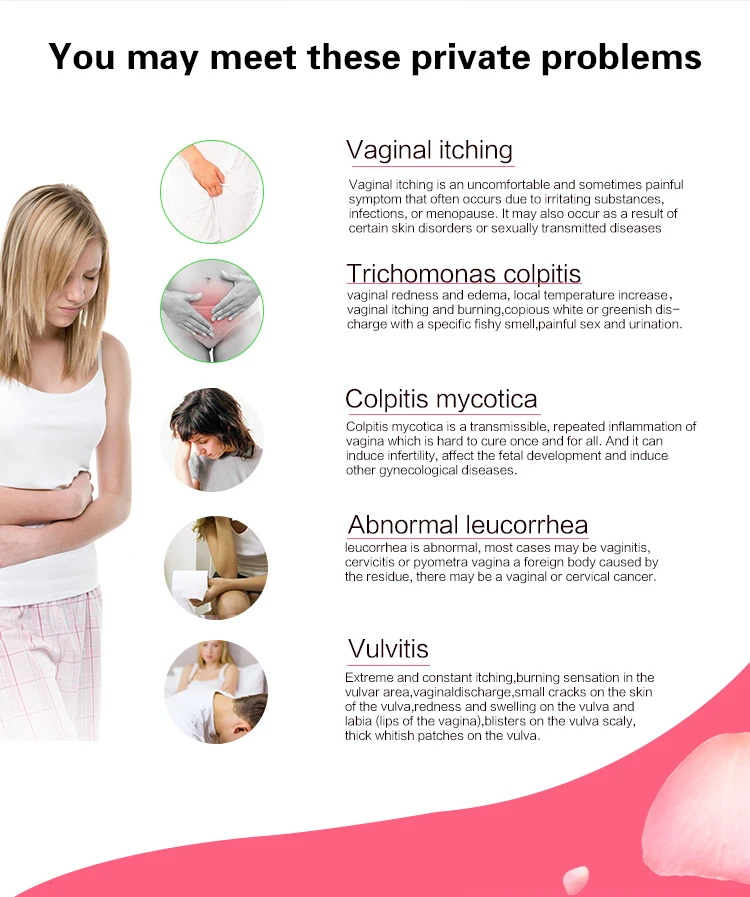 First and foremost, you probably have stitches. And, as it turns out, stitches itch. One of the most common complaints after delivery is pain and itching in the perineum.
First and foremost, you probably have stitches. And, as it turns out, stitches itch. One of the most common complaints after delivery is pain and itching in the perineum.
They say itching means healing.
I don’t know if that’s true, but there will certainly be itching, and there should certainly be healing.
Another factor that can cause postpartum itching down there is that pregnancy and childbirth can seriously stress and even break the collagen fibers (connective proteins) within the perineum or vulva (source).
How Long Does Postpartum Itching Last?View this post on Instagram
A post shared by Liesel Teen BSN, RN | Pregnancy + Birth (@mommy.labornurse)
Your doctor will know best how long it should take for you to heal. There’s a check-up routine for a reason. Be sure you’re taking your after-care seriously and stick to your routine check-ups.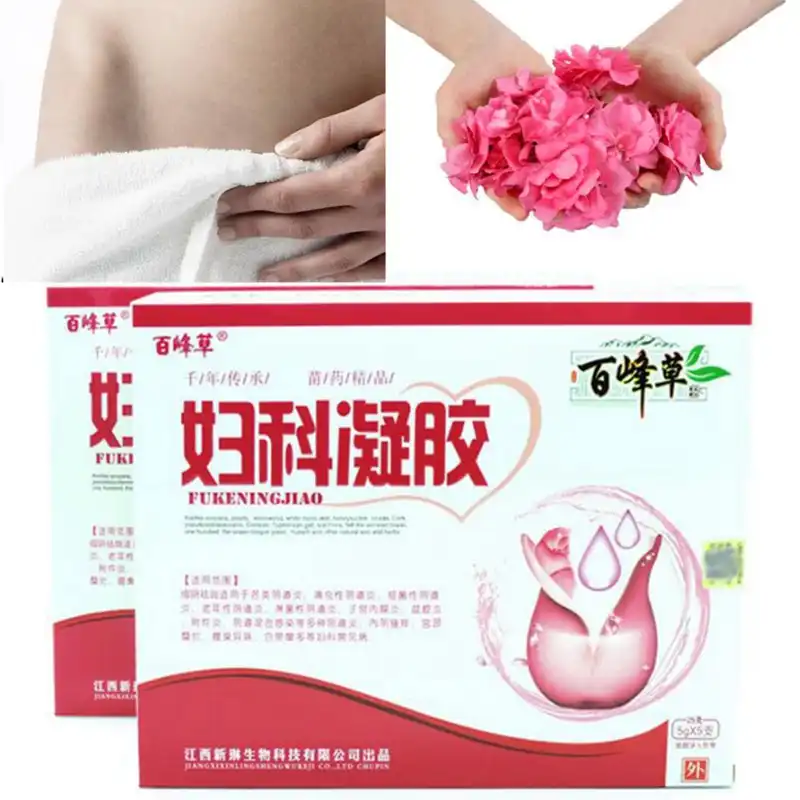
Some resources claim you can be right as rain around 6 to 8 weeks.
The reality is that every body is different and you’ll recover in your own time. Working with your doctor to do it right is more important than finding ways to do it fast.
Your perineum and vulva are no exception.
What Itching to Expect PostpartumPostpartum itching down there can take a lot of different shapes. Honestly, you will probably itch in a place you never knew you could.
The truth is a lot of your body was involved in the process of expelling that youngling, and as your body returns to normal, itching is one very normal way to sense those changes.
Postpartum Vulvar ItchingThe vulva is naturally impacted during childbirth. As mentioned previously, damage to collagen fibers can result in both pain and itching in the affected tissues.
Postpartum BurningAlong with the itching, you’ll likely experience some burning.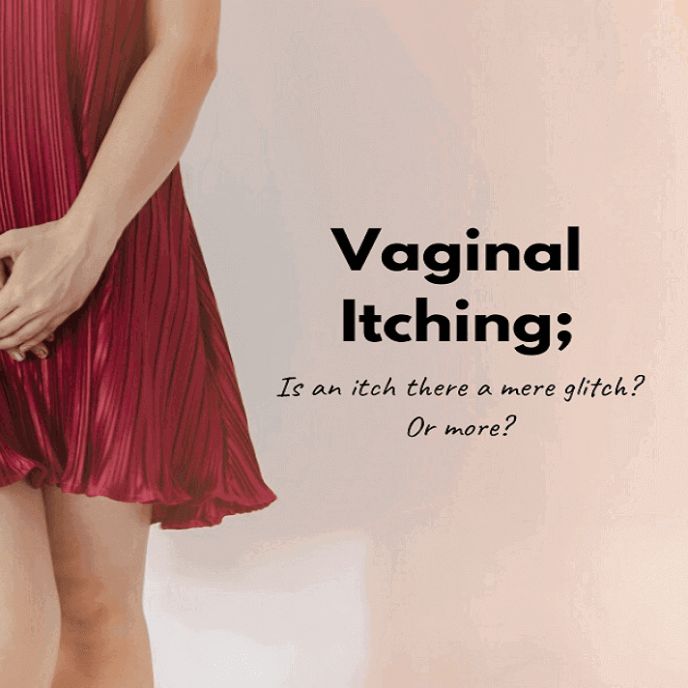 That’s usually more topical, where the skin might have been actively cracked or chapped.
That’s usually more topical, where the skin might have been actively cracked or chapped.
This can happen with particularly dry skin. You have to be careful about what you use down there, so be sure to talk to your doctor if you feel like this is happening.
What Causes Postpartum Itching Down There?As you can imagine, there is every reason you should itch down there, but there are also some more serious conditions to watch out for.
How do you tell the difference? Well, you don’t. Sorry about that.
YOU don’t, that is. Honestly, it’s like anything, mama. You have to make your best judgment with the tools you have at hand and get the proper authority involved when it’s time.
Just as you’ll be doing with your little one as they present with this or that, you have to take in the details and decide if it’s worth going to the doctor.
Related: 7 Postpartum Recovery Tips
Postpartum Yeast InfectionA yeast infection can happen whether or not you just popped one out, mama. While the reasons it happens aren’t different, the impact it can have might be more significant.
While the reasons it happens aren’t different, the impact it can have might be more significant.
Naturally, you want to do everything you can to avoid an infection like this at the best of times.
If you believe that you have a yeast infection, though, it’s worth seeing a doctor when you’re still in your postpartum recovery simply because any kind of infection is going to impact your ability to heal and could cause more serious conditions if left unchecked.
A yeast infection typically results in redness and burning around the vulva. There is usually pain when you pee and you can sometimes find a thick white discharge (like cottage cheese).
While a yeast infection isn’t the end of the world, you still want to have it checked out, mama. Sometimes these symptoms can be assumed a yeast infection but are actually the result of something worse (like bacterial vaginosis or a sexually transmitted infection).
Only your doctor can really tell the difference.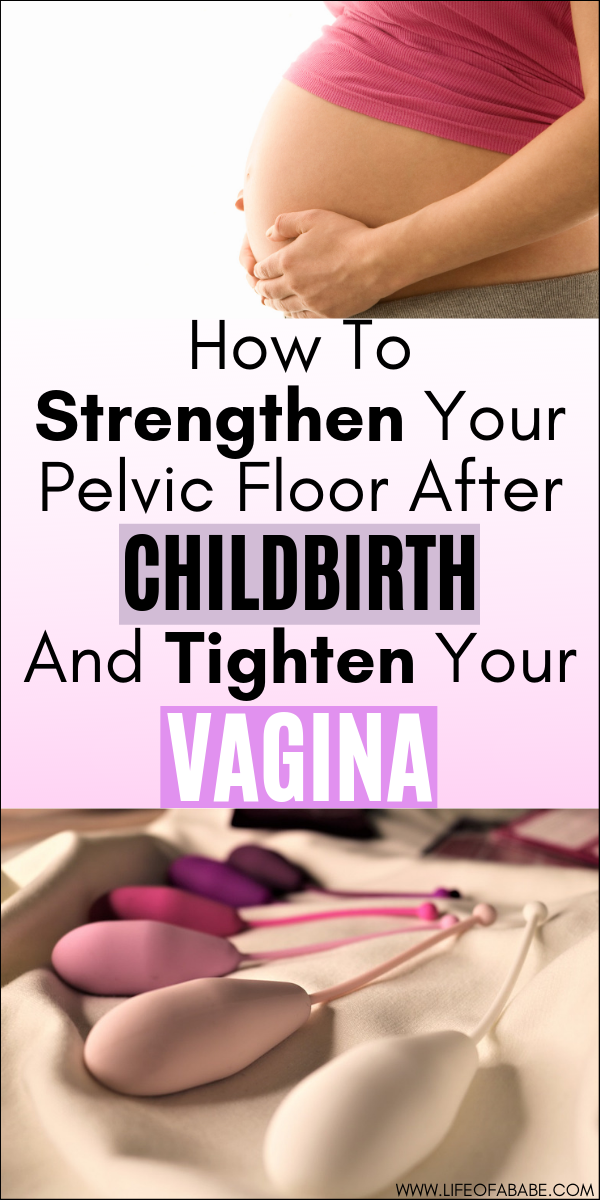
Remember, lady. You can have a yeast infection anytime, even after having a c-section. Just because the baby didn’t come out that way doesn’t mean you can’t experience some of the same conditions, so take nothing for granted.
Extremely Dry Skin PostpartumSkin moisture and the oils associated with it can be heavily influenced by your hormones.
Suffice it to say that having a baby plays havoc with your hormones.
It’s not a well-documented condition, so definitely talk to your doctor if you find that itchy skin down there is the result of what feels like excessively dry skin.
Itchy LochiaLochia is the bloody discharge that you’ll experience after birth. It’s comprised of all the excess tissue and blood that lined your uterus while pregnant.
This stuff will work its way out for a little while after delivery and can get left on your skin. As with period blood, it can be itchy and irritating until washed away.
Related: Postpartum Essentials
How to Relieve Postpartum ItchingAs with anything, there’s always something you can do to relieve postpartum itching down there.
A nice healthy dose of hygiene is always step one. Be sure to follow doctors’ orders in terms of how and when you take a bath, what kind of cleaning you perform, etc.
Peri Wash
Your first defense to anything perineal after birth will be this lovely little squeezy tube. Wiping, cleaning, scratching those itches—honestly, a spray of clean water from this bottle will basically be your lifesaver for a few weeks after birth.
Grab a few extras from the delivery room.
Postpartum Perineal Ice Packs
Chances are, if you’re looking to use perineal ice packs at this point, it isn’t entirely due to itching.
The hospital arms you with these lovely little packs to ease your wounded nethers. Take full advantage of the free supply and pocket every single one you can—in fact, ask for more.
Don’t feel bad about this, either. Anything that’s in the room goes in the garbage when you leave. And they are allotted a significant amount per patient. Unless there’s a shortage due to events in the world, you should have absolutely no shame taking all the ice packs your doc will give.
And if that’s not your thing (or there aren’t enough ice packs in the known universe), there’s always Amazon.
Postpartum Witch Hazel Pads
Witch hazel pads are a similar thing, in terms of use. They are primarily for pain relief, and they are a LIFESAVER.
They also happen to be cold, which happens to help with itching.
How to Make Witch Hazel PadsYou can make your own witch hazel pads, which will save you a lot versus buying them. Check out my awesome guide on how to make your own padsicles!
How to Stop Itching Stitches After BirthStitches are their own unique beast. The truth is that they are probably the biggest reason you’ll be itching.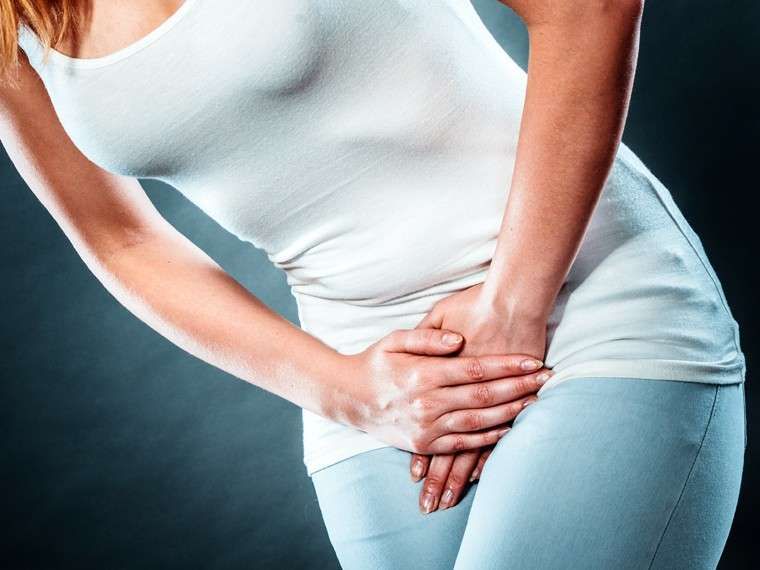 Whether you had an episiotomy or let the chips fall where they may, you’ll likely have some stitches.
Whether you had an episiotomy or let the chips fall where they may, you’ll likely have some stitches.
** Remember your doctor’s recommendations here. Stitches need to be cared for in the manner prescribed by your care provider. Typically the doc recommends at least 6 weeks before you use tampons, have sex, or get too active.
Related: Episiotomy vs. Tearing: Which Is Better?
Salt Bath for Stitches After BirthDepending on doc’s recommendation, consider a salt bath to support the area with a bit of extra sterilization.
I’d be careful of products with too many chemicals here. Some natural sea salt is a safer bet.
Numbing SprayYou should have some nice cooling spray to numb those tender bits. The brand may vary, but that’s Dermoplast.
There’s some debate on whether to use red or blue Dermoplast postpartum. From everything I’ve found, the blue top is a topical analgesic only (cuts pain), where the red contains antiseptic agents that can cause burning.
Youch.
Sitz Bath
A sitz bath will let you sit naturally on top of the toilet without much trouble or submersion. Whatever the stuff that goes into the water, this convenient delivery method will make it easy and convenient to soak those poor little bits.
Surviving Postpartum Itching Down ThereAll in all, mama, this little itch is something you may not always be able to scratch directly, but it’s something that is temporary and more than a little cosmetic.
Barring serious complications or something that might take you down a bad path in terms of hygiene and health, a little itching is uncomfortable but survivable.
Be sure you’re taking full advantage of your support system, even in this. I’m certainly not recommending you ask someone else to scratch for you, but there are a lot of products and a few things you can do to get relief here, and you aren’t alone in the shopping or the administration!
I know that between your support structure and some of the things I’ve recommended here, you’ll be amazing, mama. A little postpartum itching down there can’t stop you from being the wonderful mother you have the potential to be.
A little postpartum itching down there can’t stop you from being the wonderful mother you have the potential to be.
Happy newborn mothering, mama!
Related: What Do You Do When Baby Is Screaming From Gas Pain?
Perineum after childbirth: how it changes, what to do
Many women admitted that they were very afraid to look between their legs after they gave birth to a child. So that you do not get scared in advance, we decided to tell you about what to expect and what you can see there. Spoiler alert: no big deal, honestly.
Website editor
Tags:
Women Health
After childbirth
Kegel exercises
intimate organs
Let's start with the fact that some changes will really happen, but nothing irreversible and terrible will happen to you.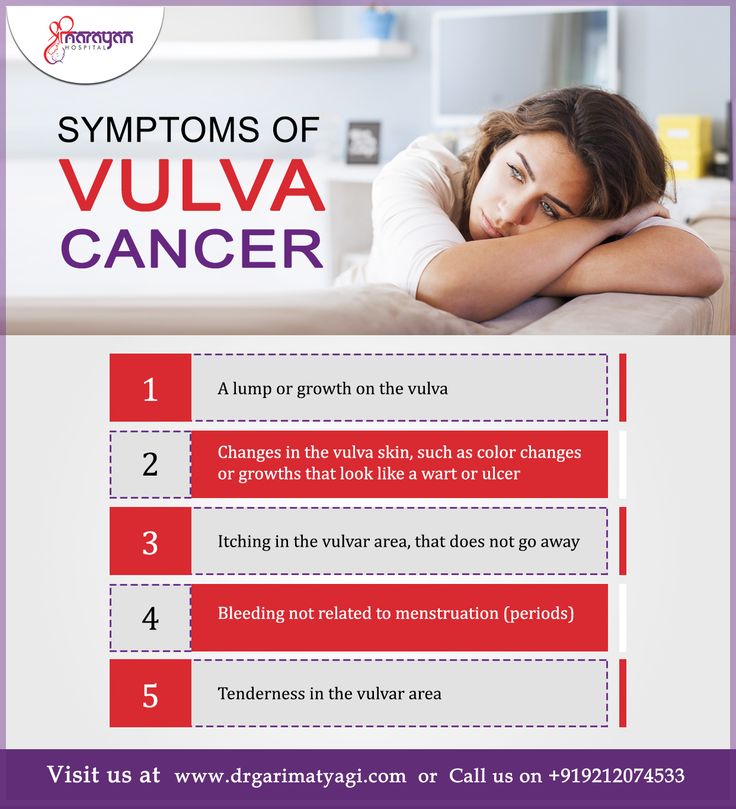 Our body is amazing and it is able not only to adapt to changes, but also to return to its former form. Changes in your body are completely natural. There is no need to be afraid of them, just be prepared for the fact that some aspects will become unusual for a while. Time will pass and everything will be fine.
Our body is amazing and it is able not only to adapt to changes, but also to return to its former form. Changes in your body are completely natural. There is no need to be afraid of them, just be prepared for the fact that some aspects will become unusual for a while. Time will pass and everything will be fine.
Do not self-medicate! In our articles, we collect the latest scientific data and the opinions of authoritative health experts. But remember: only a doctor can diagnose and prescribe treatment.
Myths about how the perineum changes after childbirth
Most of the female fears associated with how the vagina will change after the birth of a child is based on poor knowledge of physiology, hypocrisy of others and their desire to manipulate you. Let's analyze the main "horrors" that scare expectant mothers and debunk the myths about what a woman's body will become after childbirth.
Myth 1: You need special treatments and hygiene products after childbirth
Don't listen to advice that special products for the vagina and douching are required.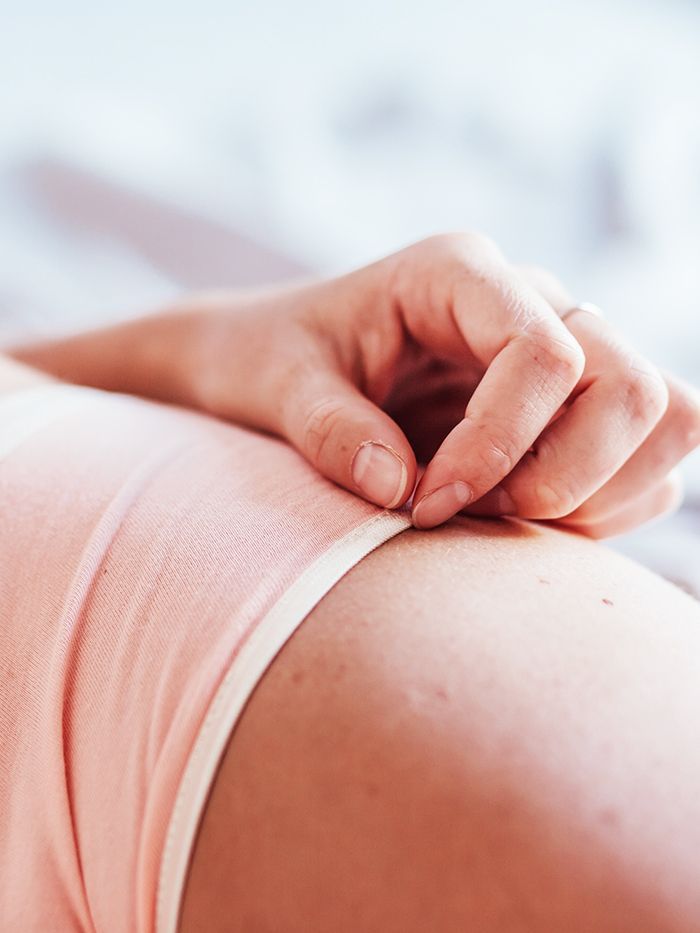 Don't know how to treat the perineum? Your best friend in this matter is clean warm water. After each visit to the toilet and before going to bed, wash yourself with it. Aggressive alkaline formulations and disinfectants can upset the balance in the delicate area, and douching is done only as directed by a doctor. If there were tears and you had stitches, do not touch them with your hands. Just wash with water and treat with what the doctor says. For those who are uncomfortable using pure water, baby soap or a weak solution of potassium permanganate is suitable. The body will recover by itself if you don't interfere with it. It is better to install a hygienic shower or bidet at home. They will be more useful.
Don't know how to treat the perineum? Your best friend in this matter is clean warm water. After each visit to the toilet and before going to bed, wash yourself with it. Aggressive alkaline formulations and disinfectants can upset the balance in the delicate area, and douching is done only as directed by a doctor. If there were tears and you had stitches, do not touch them with your hands. Just wash with water and treat with what the doctor says. For those who are uncomfortable using pure water, baby soap or a weak solution of potassium permanganate is suitable. The body will recover by itself if you don't interfere with it. It is better to install a hygienic shower or bidet at home. They will be more useful.
Myth 2: Use very hot water
This is not true. The water must be warm. The first day after giving birth, you should not swim. On the second day, you can take a shower, and a bath - only on the 10-12th day, for a short time and only if you have not had stitches.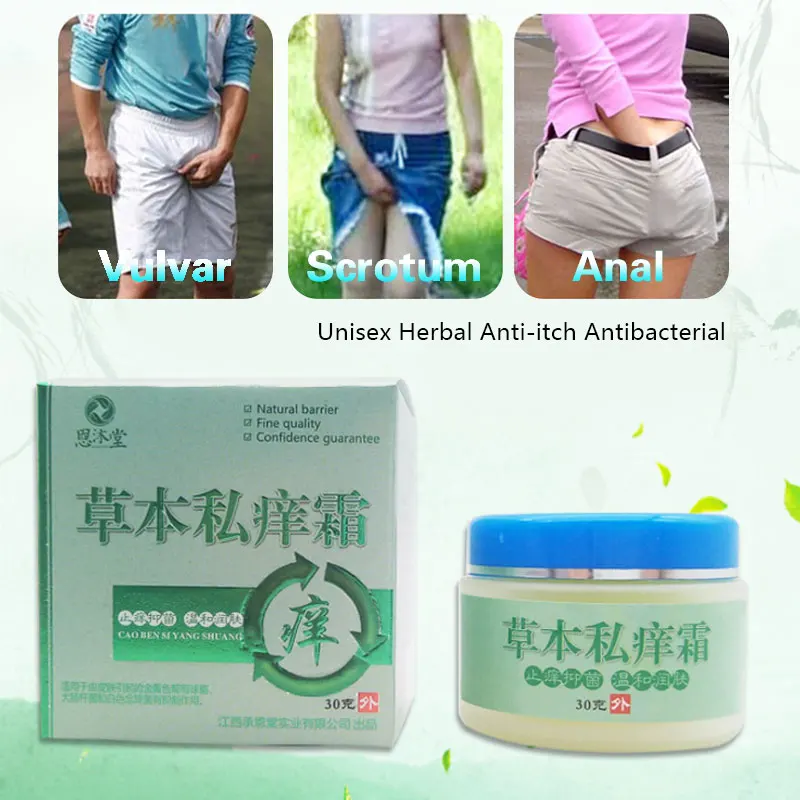 To relieve abdominal pain immediately after childbirth and the first days after them, apply ice through the tissue. This contributes to the outflow of blood from the uterus, its return to normal and the reduction of edema. Also, do not forget: after giving birth, you will have regular contact with the baby. Wash your hands regularly with soap.
To relieve abdominal pain immediately after childbirth and the first days after them, apply ice through the tissue. This contributes to the outflow of blood from the uterus, its return to normal and the reduction of edema. Also, do not forget: after giving birth, you will have regular contact with the baby. Wash your hands regularly with soap.
Myth 3: Stretching of the vaginal muscles after childbirth is critical and permanent
Talk about the fact that the vagina of a woman giving birth forever turns into a bucket was invented by uneducated sexists. Evolution has created a whole mechanism so that a woman can successfully bear and give birth to a child, and at the same time live on. Yes, the organs will move for a while, the pelvic bones will expand and the muscles will stretch, but each of these changes will pass. If there are no critical injuries, the vagina will return to normal in about 6 weeks after birth, which is only a month and a half. During the recovery period, just follow your feelings and discuss them with a gynecologist in time.
During the recovery period, just follow your feelings and discuss them with a gynecologist in time.
Myth 4: You will no longer be able to choose hygiene products
The first time after childbirth it will be more convenient to use pads, because there may be such unpleasant moments as urinary incontinence or discharge. While you're in the hospital, try to use diapers first, then pads, and change them every four hours. In some hospitals, young mothers are forbidden to wear underwear until discharge and are offered to use unusual hygiene products. Don't be afraid if they tell you something like that. Talk to the nurse and she will tell you everything in detail. Remember, this is temporary and after the body starts to recover, you can return to tampons or menstrual cups if you are more comfortable with them.
Myth 5: Pretty lingerie doesn't shine on you anymore
In the postpartum period, it will be more comfortable to wear underwear made of natural fabrics that fit snugly to the body, but at the same time do not restrict movement.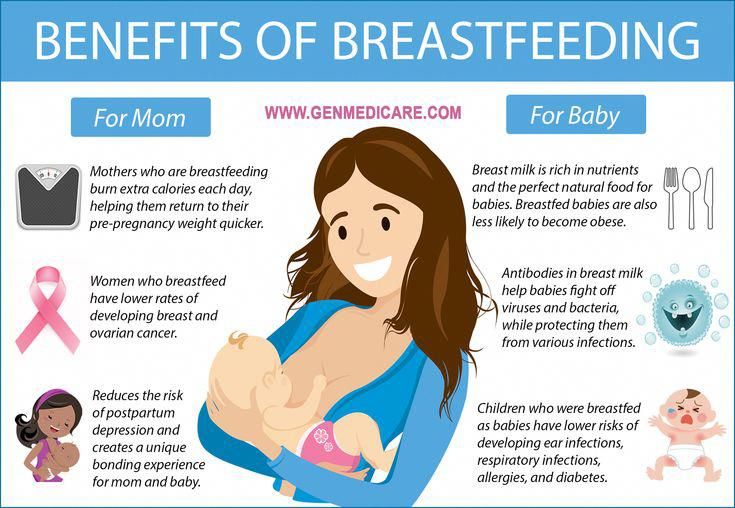 Immediately after childbirth, it will be even better to use disposable underwear, on which you can fasten disposable diapers. This prevents the growth of bacteria and will contribute to the speedy healing of stitches if they are applied. It is also important to maintain hygiene and change underwear and bedding more often than usual. Change your panties daily, change your bra every three days (even if you use special liners), and if your breasts “leak” - daily, change your shirts every day, and change bed linen every five to seven days.
Immediately after childbirth, it will be even better to use disposable underwear, on which you can fasten disposable diapers. This prevents the growth of bacteria and will contribute to the speedy healing of stitches if they are applied. It is also important to maintain hygiene and change underwear and bedding more often than usual. Change your panties daily, change your bra every three days (even if you use special liners), and if your breasts “leak” - daily, change your shirts every day, and change bed linen every five to seven days.
Myth 6: Forget about sex
Immediately after giving birth, it may seem that you will never want to make love again. Your body will go through tremendous stress and it will take time to recover after, but not as much as it seems. When can you have sex after giving birth? Usually, doctors allow sex with penetration in the sixth to eighth week after childbirth. Some couples decide to reunite earlier, some later.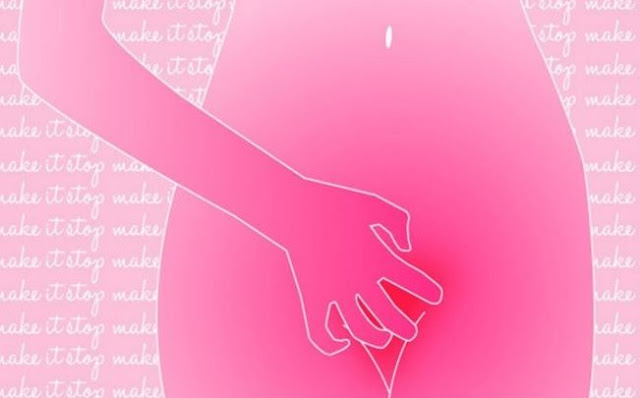 There are no rules here, and therefore you should focus on your personal condition. The main thing is not to step over yourself and do not endure pain due to pressure from a partner.
There are no rules here, and therefore you should focus on your personal condition. The main thing is not to step over yourself and do not endure pain due to pressure from a partner.
Vagina after childbirth: 6 moments to be ready for
If your perineum hurts after childbirth, refrain from sudden movements and jumping
Yes, you will have to sneeze standing up and wear pads for a while. Stress urinary incontinence is something some women have to put up with after giving birth. Due to the strong pressure on the bladder during childbirth, you will have to control the process of urination for some time. This means that you can feel the urge when it is not required, and not notice the moments when you pee, which means that urine can leak. You will not suffer from this ailment for the rest of your life, just until it passes, you will have to pay more attention to intimate muscles and at first go to the restroom according to the schedule (every 2-3 hours).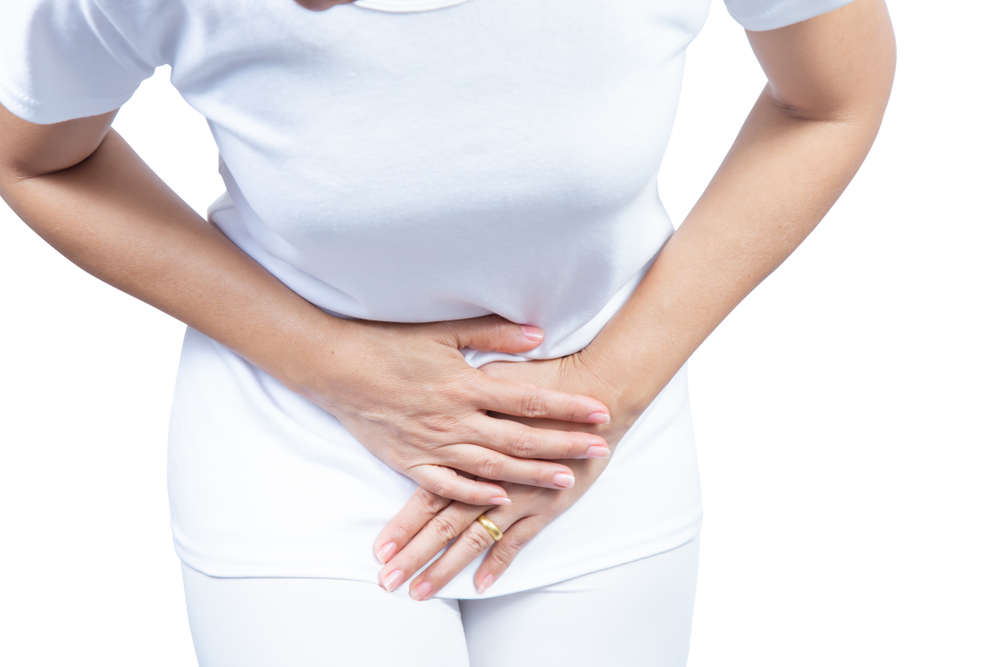 Also pay attention to intimate gymnastics. Dr. Alyssa Dweck, a New York-based gynecologist and author of V is For Vagina, recommends Kegel exercises, which have already proven effective in strengthening pelvic floor muscles.
Also pay attention to intimate gymnastics. Dr. Alyssa Dweck, a New York-based gynecologist and author of V is For Vagina, recommends Kegel exercises, which have already proven effective in strengthening pelvic floor muscles.
There are tears in the perineum during childbirth
During childbirth, injuries often occur. If the soft tissues of the perineum are not sufficiently elastic, tears can occur. Most often this happens during the first birth, especially if the fetus is too large or the process lasts too long. If the perineum has been damaged, suture with absorbable suture material.
During childbirth, the vestibule of the vagina and labia minora are most often injured. The bad news is that these injuries are often quite painful. A young mother should not sit down, it is necessary to adhere to a diet and change pads often. The good news is that the perineum is usually well supplied with blood, which means that it heals fairly quickly.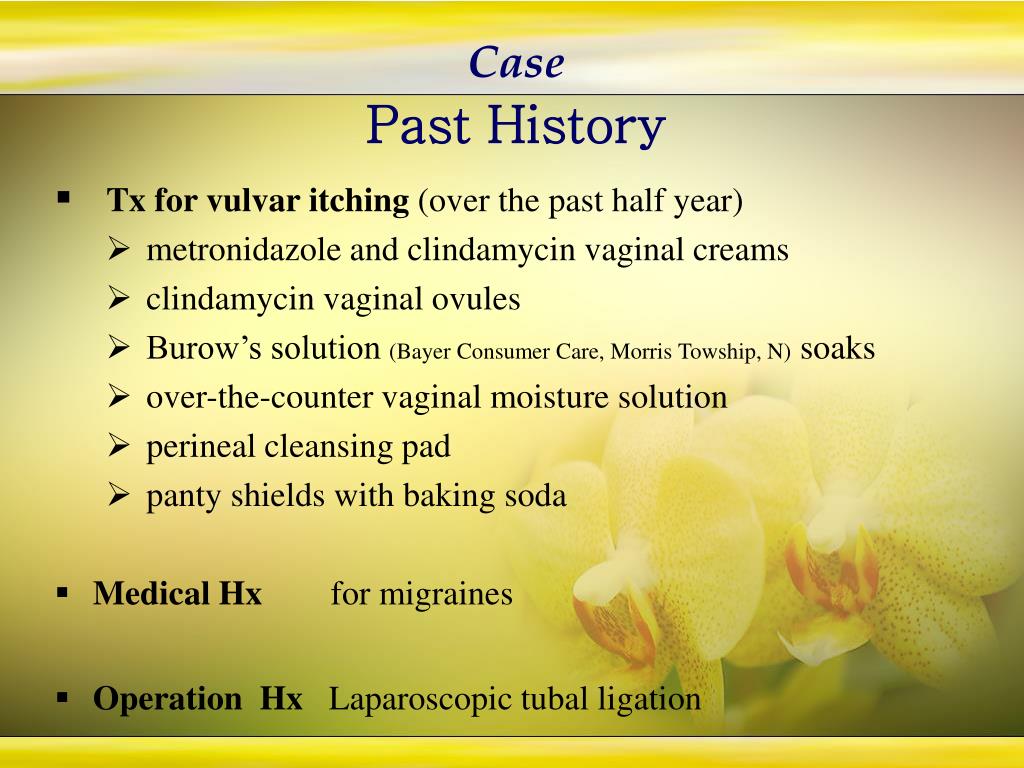 And this condition is easier to prevent than to treat. And here Kegel exercises and yoga classes for pregnant women will save you. Also check if you have inflammation of the tissues of the vagina and vulva - they must be treated! The psychological preparation of a young mother also plays an important role.
And this condition is easier to prevent than to treat. And here Kegel exercises and yoga classes for pregnant women will save you. Also check if you have inflammation of the tissues of the vagina and vulva - they must be treated! The psychological preparation of a young mother also plays an important role.
Blood and bruises in the perineum
Do not be afraid that bruises will appear there and there will be heavy bleeding, comparable to intense menstruation. They can last several weeks, and you need to be prepared for this: stock up on pads with maximum absorbency.
Vaginal dryness
No matter how aroused you are, you may still have problems with insufficient lubrication after childbirth. Your hormonal levels will not immediately return to their previous state, and if you are ready to return to the bedroom with your husband, do not forget to run to the nearest pharmacy and buy lubricant.
Discoloration of the vulva after childbirth
Don't be alarmed if you find that your vulva has taken on a different color - this is normal. Usually the color of the external genitalia darkens, especially around the labia and the space between the vagina and anus. This is again connected with the hormonal level, as soon as it returns to normal, everything between your legs will also return to the usual shades.
Strange smell
Starting immediately after giving birth and up to 6-8 weeks after delivery, you may have a discharge with an unpleasant odor, the so-called "lochia". There may be quite a few of them. But if they are very unpleasant, run to the doctor, perhaps there is an infection.
How to restore the vagina after childbirth
Buy a special bandage. It will help to quickly return the organs to their place and remove the load from them
Give yourself time.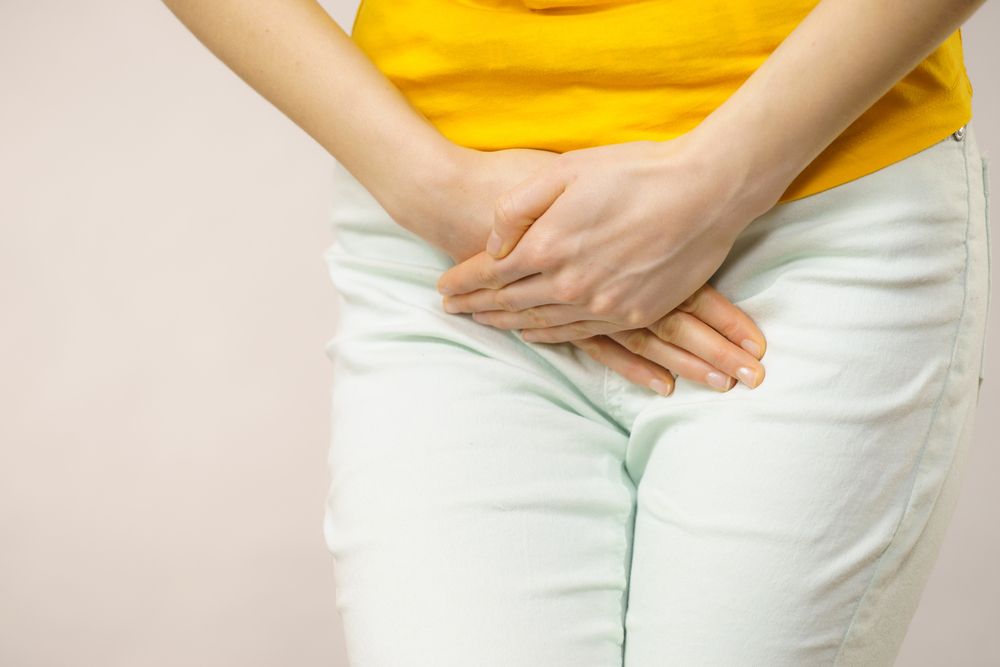 The first 6 weeks after childbirth is recovery. During this period, you are shown minimal physical activity. 2-4 months - adaptation to a new role. At this time, you can safely practice yoga, dancing and swimming. You can’t run long distances, do weightlifting, do strength training and pump the press. At the same time, you can bring sex back into your life if you're ready. After 4-6 months, a full recovery will come. Take care of your health, go in for sports, live and enjoy your new role.
The first 6 weeks after childbirth is recovery. During this period, you are shown minimal physical activity. 2-4 months - adaptation to a new role. At this time, you can safely practice yoga, dancing and swimming. You can’t run long distances, do weightlifting, do strength training and pump the press. At the same time, you can bring sex back into your life if you're ready. After 4-6 months, a full recovery will come. Take care of your health, go in for sports, live and enjoy your new role.
Don't forget about intimate fitness and vaginal trainers. Do you remember the Kegel exercises we wrote about above? They will tone you up and restore sensitivity.
Photo: Getty Images
Intimate postpartum problems! Incontinence, pain, discomfort. How to solve this problem?
Intimate postpartum problems! Incontinence, pain, discomfort. How to solve this problem?
Perineal tear during childbirth: consequences for life?
The birth of a child is the best thing that can happen to a woman, which fills her essence with meaning.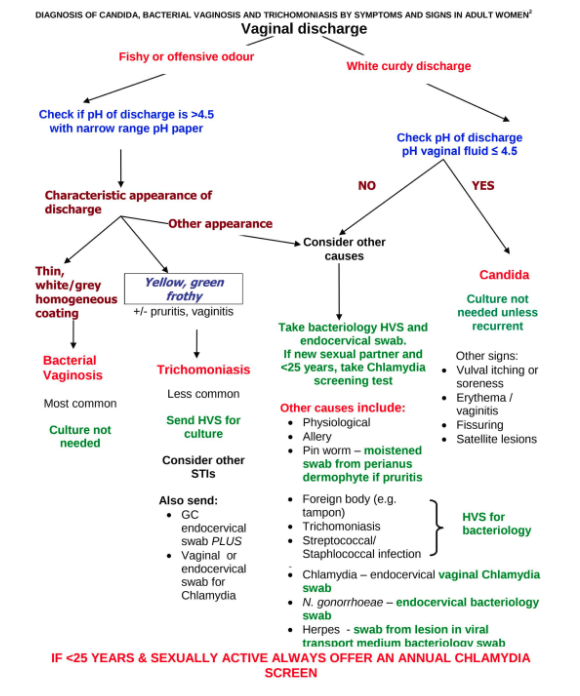 But the birth itself is a difficult and sometimes traumatic process leading to perineal tears. After the birth of a baby, a woman has other priorities, and maternal health problems, often associated with pain and discomfort, fade into the background. Proctologist of the Riga 1st Hospital Kaspars Snippe explains why even small perineal tears require a visit to the doctor.
But the birth itself is a difficult and sometimes traumatic process leading to perineal tears. After the birth of a baby, a woman has other priorities, and maternal health problems, often associated with pain and discomfort, fade into the background. Proctologist of the Riga 1st Hospital Kaspars Snippe explains why even small perineal tears require a visit to the doctor.
According to statistics, in Latvia, about 10 women in labor per day experience damage to the perineum of varying severity. “This problem is often not talked about, but it is very relevant. If the birth is the first, perineal ruptures occur in 4-6% of cases. If repeated - in 26-87%. Why such a spread in numbers, you ask? The fact is that during the first birth there are many undiagnosed cases. If every woman is examined in the first two months after childbirth, then perineal ruptures, anal sphincter injuries or other postpartum injuries can be ascertained in 27-35%, ”Dr. Snippe shares the horrifying statistics.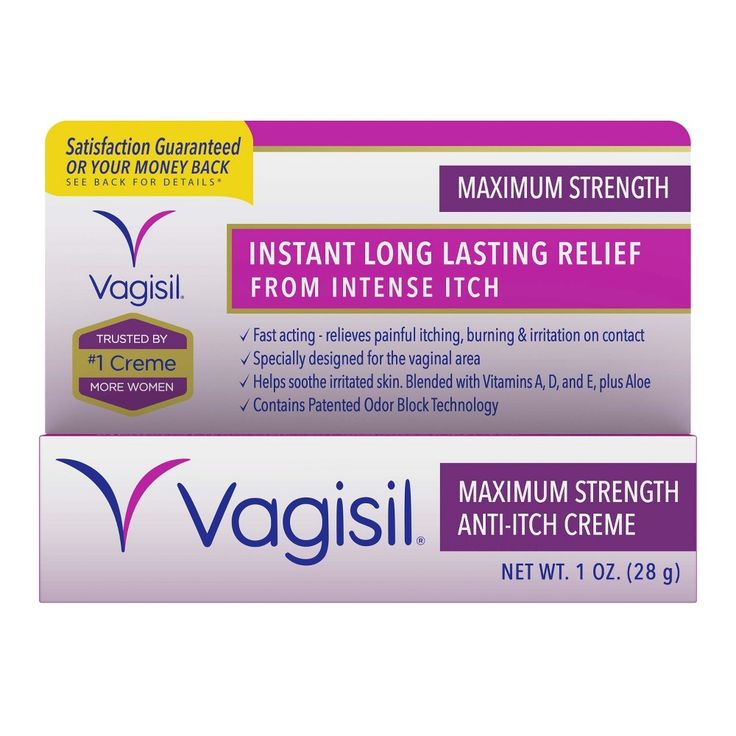
Risk factors
During childbirth, the fetus, passing through the birth canal, strongly presses on the perineum, stretching the tissues. But the elasticity of tissues has its limit - if they are not elastic or have already been damaged in previous births, rupture can occur. Often, when rupture is unavoidable, the obstetrician deliberately makes an incision.
Factors that can lead to injury to the perineum:
- large fetal weight;
- rapid delivery;
- forced use of vacuum or forceps;
- breech presentation of the fetus;
- severe prolonged labor;
- episiotomy or perineal incision.
“In the latter case, the rupture of the perineum is difficult to see, it is forced to protect the woman from even more serious injuries. It is important that the episiotomy is performed at the correct angle - 60 degrees. If the incision goes sideways or it is too deep, then not only external tissues are damaged - the axis is displaced, and with it the internal organs. The incision can affect the muscular plexus and nerve endings, which in case of repeated births is fraught with severe third-degree perineal tears. They are insidious in that they can occur imperceptibly, without visible skin breaks, ”the doctor explains.
The incision can affect the muscular plexus and nerve endings, which in case of repeated births is fraught with severe third-degree perineal tears. They are insidious in that they can occur imperceptibly, without visible skin breaks, ”the doctor explains.
Perineal tear severity
Grade I – only the skin is exposed to small tears;
II degree - in addition to the skin, the subcutaneous muscles of the pelvic floor suffer;
III degree - the sphincter of the rectum is involved in the process. Here the gaps are divided into those that are internal and external, more or less than 50%.
Grade IV - the most severe perineal tears that require immediate surgical intervention.
“Large tears and obstetric incisions are sutured almost immediately, but damage to the first two degrees may not be noticed. On the one hand, it is possible to restore the condition of the vagina after 20 years, on the other hand, the “golden watch” is the first 12. Therefore, to all young mothers who gave birth themselves, while still breastfeeding, I advise you to honestly ask yourself: is everything satisfies me, is everything going on just like before childbirth. Do not believe that after childbirth "this is how everyone should be." If there is discomfort, pain, urinary or fecal incontinence, it can be cured,” notes the proctologist.
Therefore, to all young mothers who gave birth themselves, while still breastfeeding, I advise you to honestly ask yourself: is everything satisfies me, is everything going on just like before childbirth. Do not believe that after childbirth "this is how everyone should be." If there is discomfort, pain, urinary or fecal incontinence, it can be cured,” notes the proctologist.
Symptoms that develop over time
The first unpleasant symptom experienced by women who have experienced a perineal tear is pain. And pain can haunt throughout life, create discomfort. The second is the development of muscle weakness, which affects the functionality of the anal and urinary sphincters. Simply put, there is excessive moisture, itching, discomfort, gas, urinary and fecal incontinence, genitourinary and vaginal-rectal fistulas are formed. In a later period, there may be prolapse and even prolapse of internal organs. All this leads to psycho-emotional discomfort and a decrease in the quality of life in general and sexual in particular.
“The state of the muscles is closely related to the level of estrogen in the body. Women come to us for help too late, for many years they lived with the certainty that "it's just hemorrhoids" ... These are women who gave birth in the 70s and 80s, and during menopause the problems only worsened. As a result, these women are literally attached to the restroom (hygiene problems are difficult to control), they try not to leave the house, because any "going out" leads to stress. Therefore, in case of discomfort or pain, it is better to seek help from a doctor immediately after childbirth,” the doctor notes.
The World Health Organization emphasizes that in nulliparous women, if there is a suspicion of tears or an episiotomy, it is mandatory to perform specific endonal ultrasonography to confirm or refute the presence of tears. Unfortunately, such ultrasound is not performed in Latvian maternity hospitals.
How to solve the problem?
The possibilities of intimate reconstruction are very advanced today.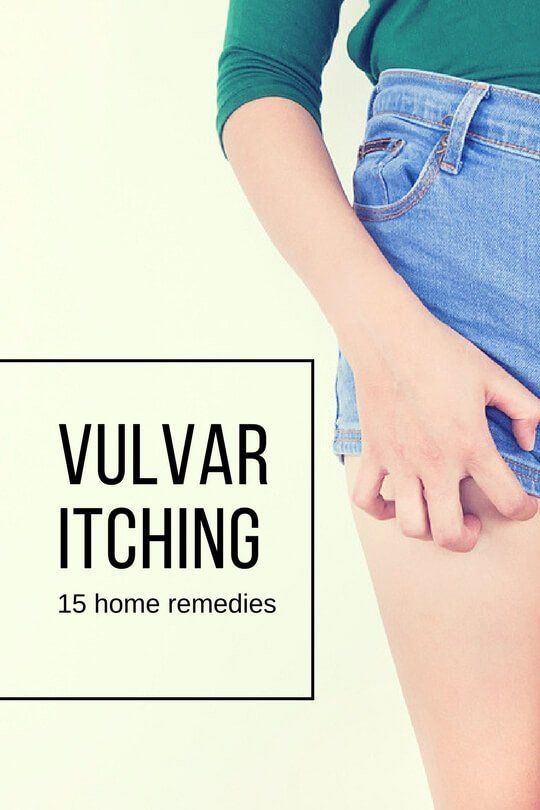 Proctologist Kaspars Snippe is one of the few specialists in Latvia who performs this type of operation. “There are several types of reconstructive operations that allow you to restore the internal and external anal sphincter, restore the muscles of the anal canal, and the functionality of the bladder. The main thing is that there is no time limit. Our patients are both 18-year-old girls and 80-year-old women,” says Kaspars Snippe.
Proctologist Kaspars Snippe is one of the few specialists in Latvia who performs this type of operation. “There are several types of reconstructive operations that allow you to restore the internal and external anal sphincter, restore the muscles of the anal canal, and the functionality of the bladder. The main thing is that there is no time limit. Our patients are both 18-year-old girls and 80-year-old women,” says Kaspars Snippe.
“Those who have already undergone perineal reconstruction should understand that this is not the end. Physiotherapy is very important for strengthening the muscles of the pelvis. And most importantly, after the reconstruction, you can have a full sexual life and still give birth to children,” Kaspars Snippe confidently declares.
What type of surgery is needed, what examinations and tests are needed before surgery, the types of anesthesia and the postoperative period are best explained by the doctor during the consultation. An appointment can be made by calling the reception desk 67366323 / e-pieraksts.